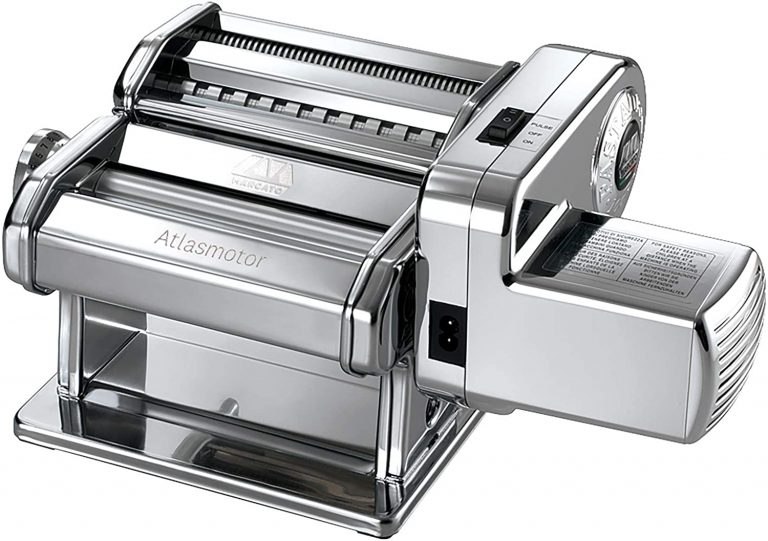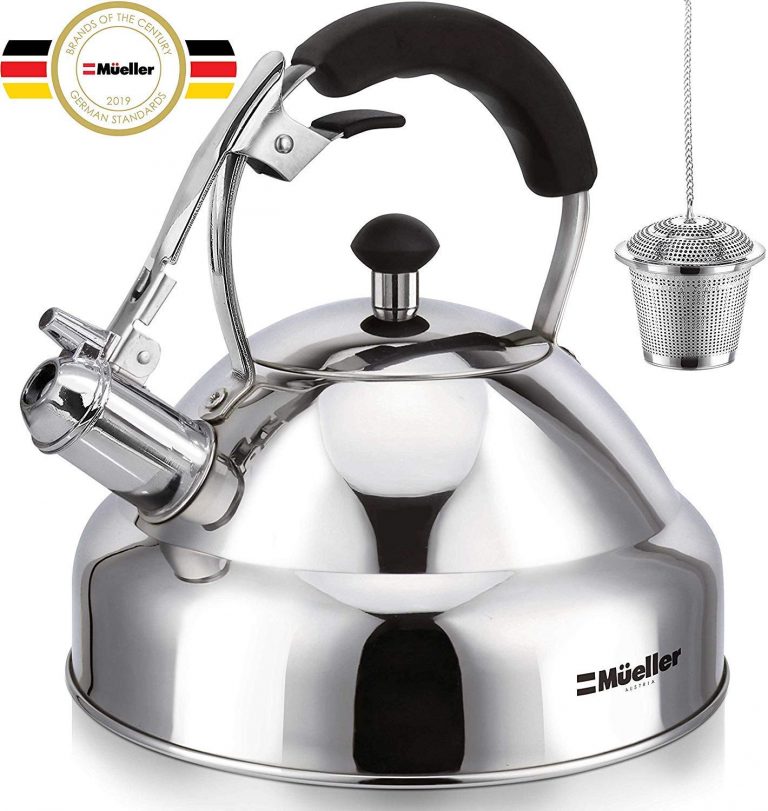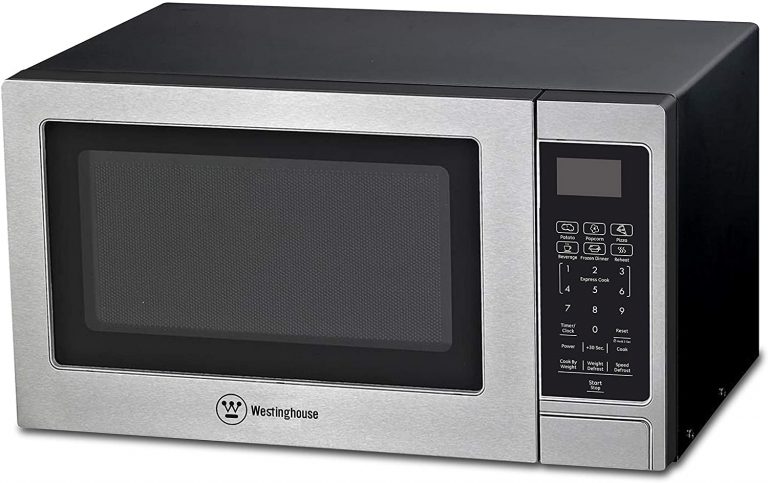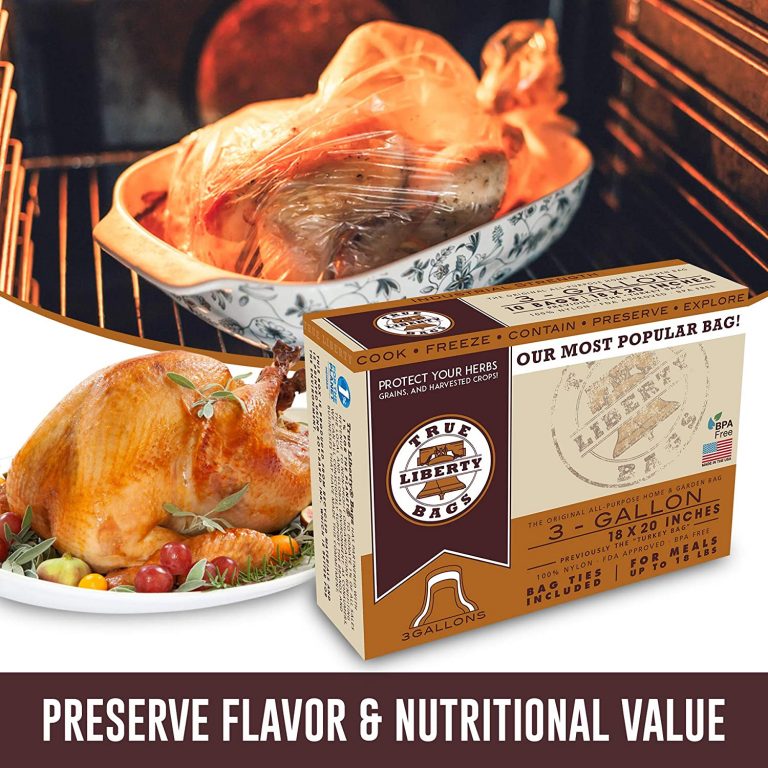How much room do you need to heat up your food in a microwave?
It seems like a simple question, but it’s actually quite complicated.
In this article, we’ll explain how microwave power is measured and the differences between conventional and convection ovens.
Table of Contents
How Many Inches Should There Be Between The Stove And A Microwave
There should be a certain amount of space between the stove and microwaves in order to avoid potential fire hazards. Some countries are more relaxed about this, but in the U.S., only microwaves with a width of more than 22″ will be allowed among residential dimensions (i.e., not commercial).
However, you should note that most student dorm rooms probably won’t meet these requirements–there aren’t many similar types of rooms nationally if we’re being honest here!
How much space should be between the stove and microwave?
If you are cooking something in the oven, then it is ok to place the stove and microwave close together.
If you are using the microwave to cook something on the stovetop, then you should space them at least six inches apart.
View several places for setting up a microwave to suit your needs and then measure the space you have.
You can always add additional or improve on poor placement after you put your appliance into position using brackets, which allows you to take out courses on the stove at night if need be.
How To Safely Distance Your Appliances
When it comes to keeping your appliances safe, there are a few general tips that can help:
- Regularly check your appliances for signs of wear and tear, especially on moving parts. This includes checking for loose screws, damaged plastic housing, and torn wire insulation. If any of these indicators are present, have your appliance serviced or replaced.
- Keep cords clear of furniture and other objects. Overlapping or snarled cords are hot spots for electrical fires (and so, very dangerous).
- Give any old appliance a few days to cool in case of possible overheating and fix the issue immediately according to our tips below if you notice anything out-of-place that would cause it to overheat more than likely.
- Unplug all appliances when they’re not being used and make sure voltage is at 12 v or less before plugging them in. Placing too much strain on your electronic circuits will eventually lead to short circuits and/or sparking, increasing the risk of fire!
- In appliances with low wattage (less than 800 Watts), use an extension cord to protect against excessive voltage stress and keep cords clear for furniture positioning purposes as we mentioned above. If you don’t have one or are worried about space then, simply wrap the appliance cord in duct tape before plugging it in.
What is the difference between over-the-range and built-in microwaves?
There are differences you should be aware of and with that being said, the over-the-range are more dangerous. In order to calculate what the heat of an appliance is, you need to use a “heat equivalent coefficient” (HEC). This rating will show how hot an appliance actually gets.
Can steam (from the stovetop) damage a microwave?
All you need to know is that heat rises, which means so will the steam.
Unfortunately, cooking food in a microwave can give off a lot of heat and moisture vapor – this raises up above the top where the microwave would reside (given no obstructions).
Just put covers over the areas with water so they won’t rust and degrade your magnetron, seals for the roof are recommended because microwaves deteriorate in saltwater.
Does a Countertop Microwave Need Ventilation?
A countertop microwave does not typically require ventilation.
However, if the machine is being used in a high-traffic area or if it produces fumes, then ventilation may be necessary. If proper ventilation is not maintained, the buildup of fumes can be a safety issue and definitely need to address at all times.
A ventilation hole needs to be carved into the rear wall of your microwave oven so that it will vent any fumes or gases created by heating up food during cooking in your microwave.
If you don’t have one already there, you also fix this problem permanently with an exhaust fan located on the top (or above) of your kitchen ventilation exhaust vent.
Your active cooking area should have proper ventilation in every room you will use your food oven also fix this to prevent hazardous fumes from canceling being on and exposed to elements, stuffy rooms, or other negative situations.
Where should you put a countertop microwave?
There is no right or wrong answer to this question, as it depends on your specific needs.
If you only need a small microwave for quick heating of food, you can place it on a countertop. If you have a larger kitchen with more counter space, placing the microwave on a wall cabinet may be a better option.
Most microwaves today have top and side cooking by for convenience in possibly all of your typically cooked food.
Bottom Line
Microwaves are great for cooking, but they can be dangerous if you’re not careful.
While you don’t need to install a microwave above your stove to use it, the distance between the two appliances should be at least 3 inches.
The metal parts of your stove may become hot enough to burn you if the microwave is too close.
The good news is that most microwaves are designed with safety features like interlocks and automatic shut-off timers so that they will automatically turn off when they come into contact with other metal surfaces.

Foodie and a passionate cook, I am here to share all of what I know about cooking, kitchen, and food prepping.
Follow me for delicious and healthy recipes.






